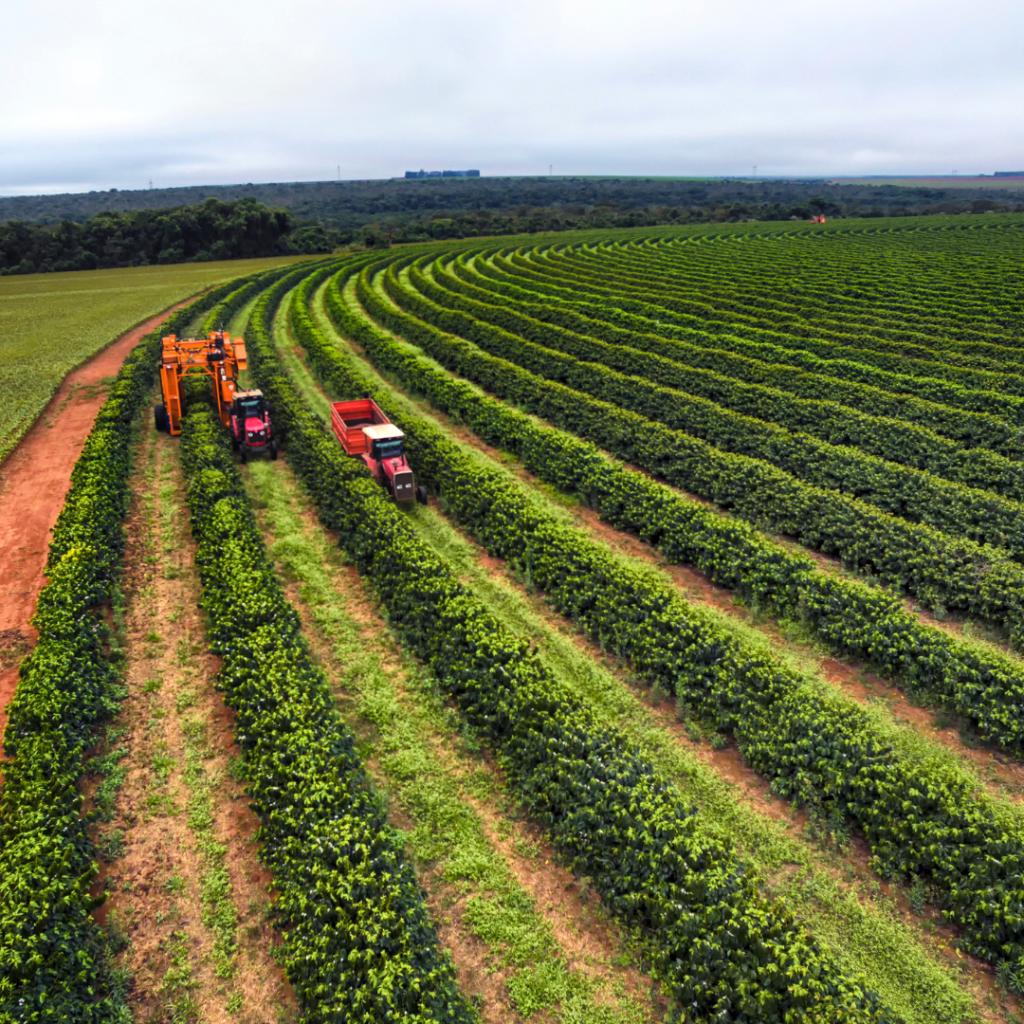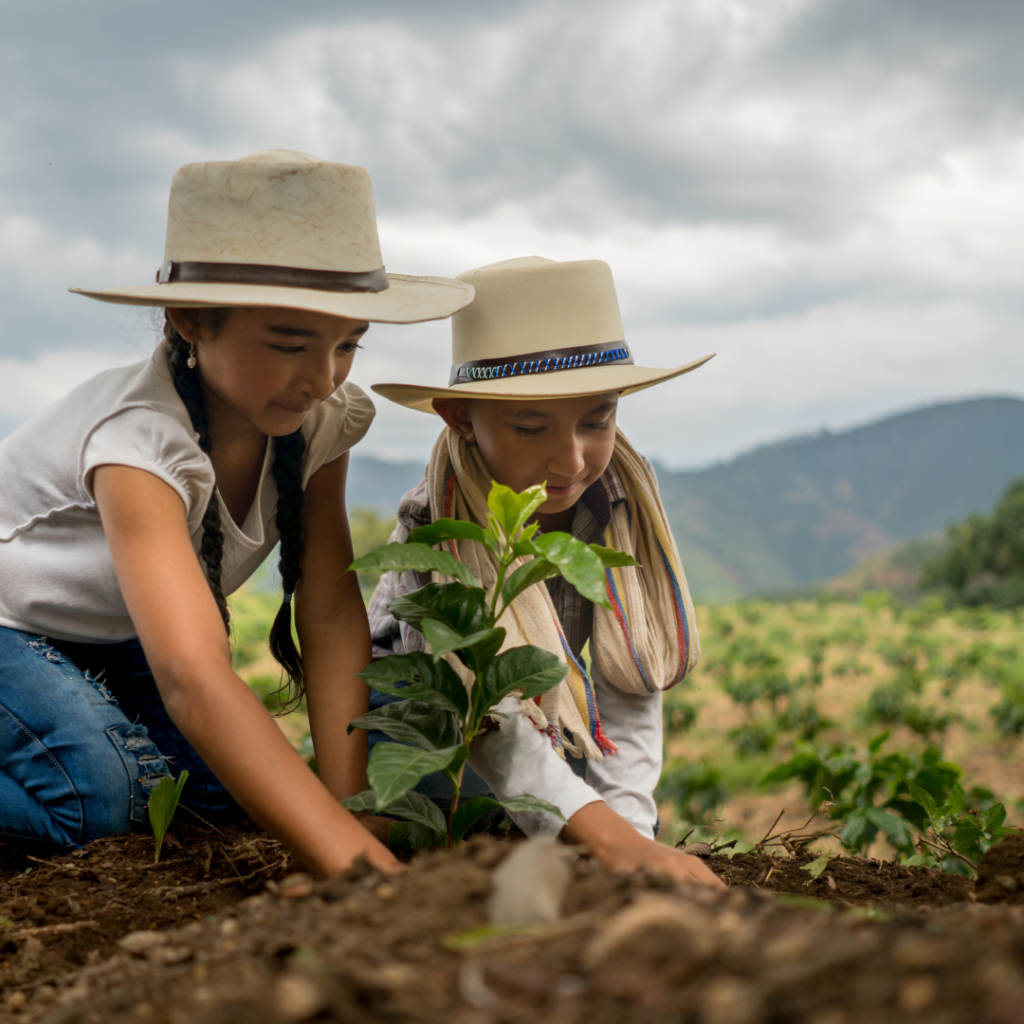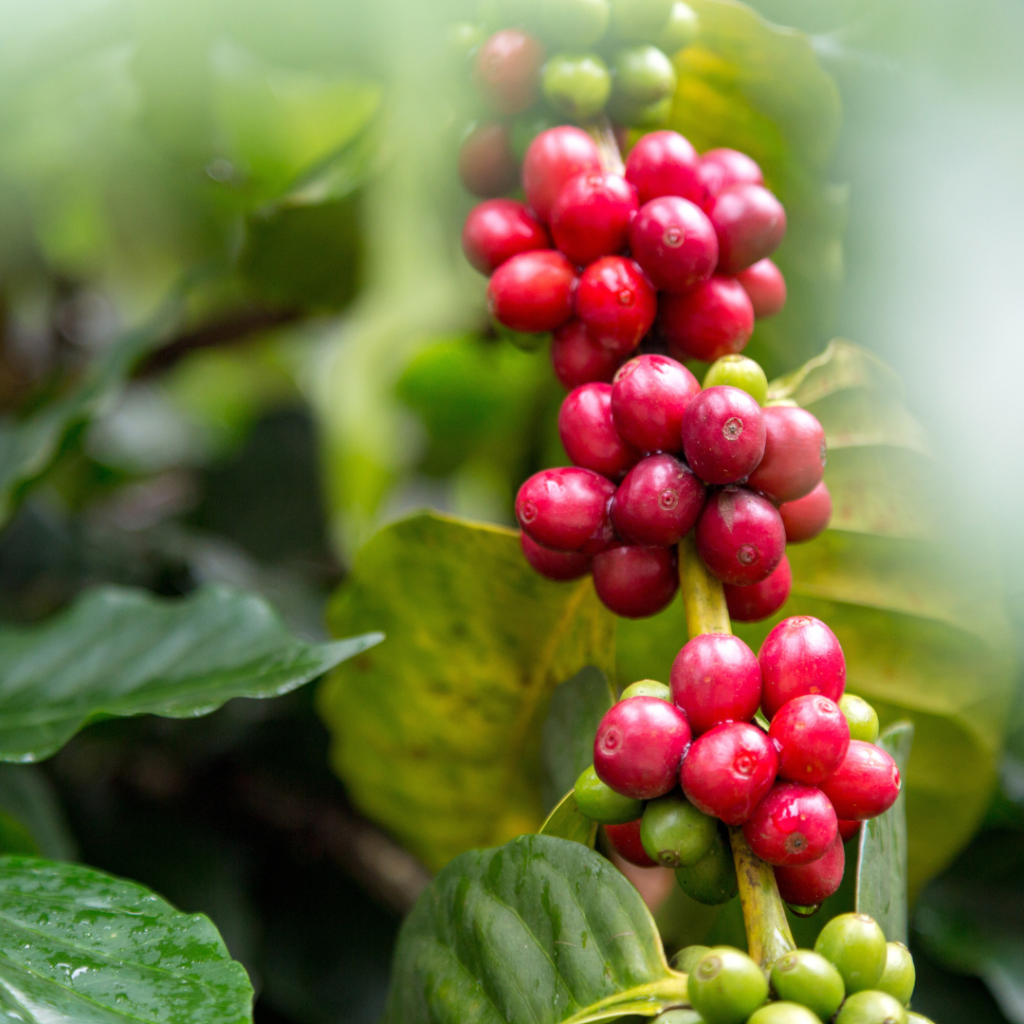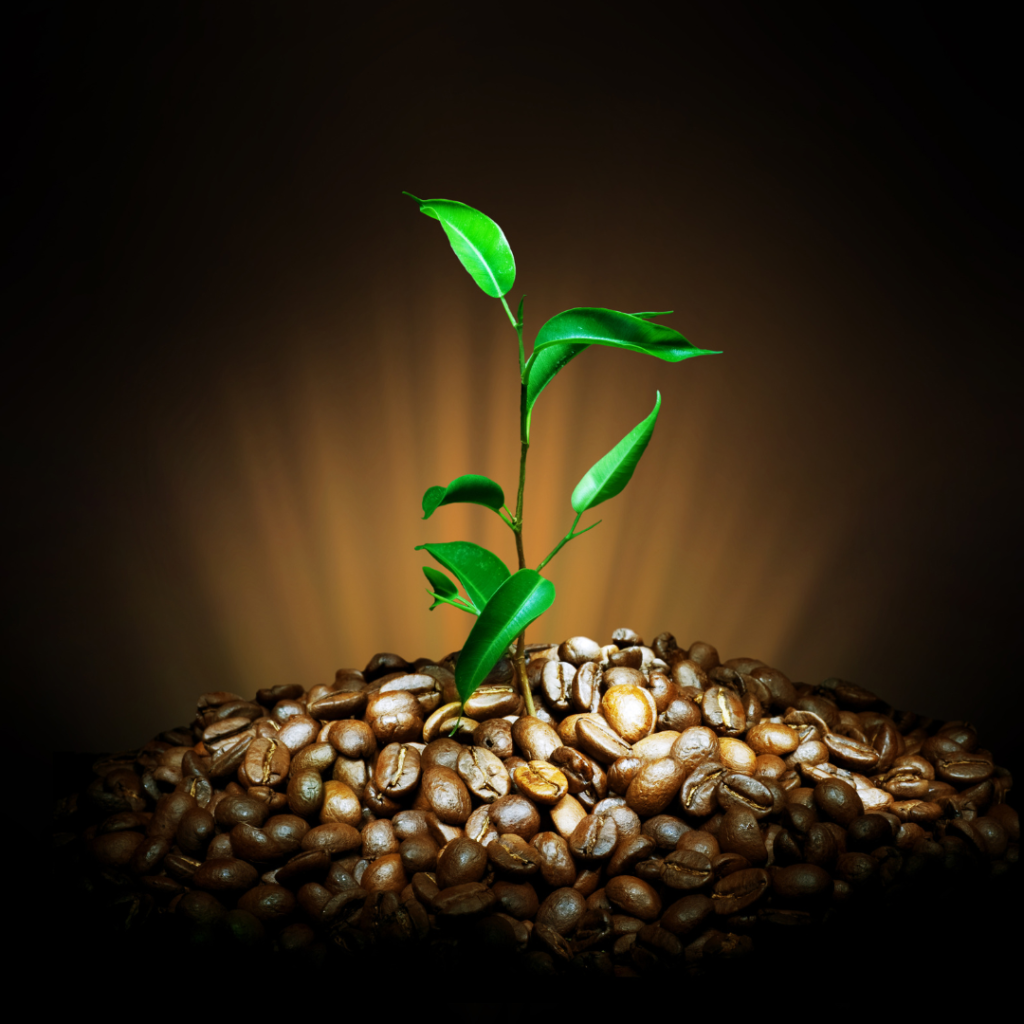Adopting eco-friendly coffee farming practices, farmers can contribute to a healthier planet while also reaping economic and health benefits. This approach aligns with broader goals of sustainability and responsible consumption, ultimately benefiting both producers and consumers.
We are focusing on Agroforestry Good Practices in Cultivation and Green Chemistry in Processing toward Low Carbon Coffee Economy: Quality, Circularity and Sustainability.
Practicing Green Chemistry for Low-Carbon Intensity (LCI).
Low-Carbon Intensity (LCI) Products Contribution to the Transition Towards a Low-Carbon Economy





Our research focuses on Coffee having Potential Impact in Human and Environmental Health
Coffee Value Chain: Quality, Circularity and Sustainability involving Coffee Green Chemistry (CGC).
At our company, we understand the importance of renewable biomass sources in creating high-quality food ingredients. That’s why we prioritize the identification, cultivation conditions, and source origin of our ingredients, as well as implementing additional processing steps beyond traditional post-harvesting methods to ensure the best possible quality.

Agroforestry offers a unique alternative to conventional agricultural and forestry practices. By integrating trees, shrubs, forages, grasses, livestock, and crops into a harmonious system, agroforestry creates versatile and adaptive combinations that meet the specific needs of farmers and landowners. This approach ensures the continuous production of a diverse range of products, including food, vegetables, fruits, fodder, fuel, manure, medicine, and timber, thereby providing sustained benefits.
Agroforestry leverages the complementary relationship between trees and crops to maximize the effective use of available resources. This practice not only respects environmental integrity but also provides clear landscape benefits. By integrating trees, agricultural crops, and/or animals, agroforestry systems can enhance soil fertility, reduce erosion, improve water quality, boost biodiversity, increase aesthetic value, and sequester carbon. Modern, efficient versions of agroforestry have been developed globally and can be tailored to various agroclimatic conditions
Molecular Foods is dedicated to utilizing natural ingredients derived from both terrestrial and marine sources to promote sustainable nutrition and environmental health. Our products include a range of plant parts, including leaves, stems, roots, fruits, buds, and flowers, as well as seaweeds such as green, blue, and black algae, including the highly beneficial pure spirulina (blue green algae), which is currently under development.
With our expertise in processing a wide range of grains, cereals, millets, roots, tuber crops, plants hurd, leaves, and flowers, we’re able to carefully screen the source origin of our ingredients and employ extra processing steps in addition to traditional post-harvesting methods. This allows us to create composite formulations of multi-ingredient flours that result in high-quality industrial raw materials and foods, including bakery and confectionery products.
Our milling and grinding processes result in flours and powders with precisely characterized properties, which we then blend into composite flours to create exceptional products. At Molecular Foods, we’re passionate about utilizing natural ingredients and advanced processing techniques to deliver superior nutrition and environmental benefits to our customers.
Exploring Sustainable Coffee Practices
• Practice 1: Shade-Grown Coffee • Practice 2: Organic Farming
• Practice 3: Water Conservation • Practice 4: Fair Labor Practices • Practice 5: Renewable Energy
• Practice 6: Water Treatment
• Practice 7: Soil Conservation
• Practice 8: Integrated Pest Management (IPM) • Practice 9: Biodiversity Conversation
• Practice 10: Community Development

The 13 coffee trees found in the world are:
Our Research Targeting to Addressing the Following Issues to Ensure the Quality for
Optimal Health Benefits and Eco-friendly Coffee– GreenCoffee.
Targeting Issues and Identify Root cause of the Issues and Providing Optimum Solution
1. Agronomic Cultivation for Sustainable Development – Good Agronomic Practices (GAP).
2. Measure to be taken to avoid Harvesting Premature and over Mature Cherry
3. Coffee Cherries Bean (CCB)-Processing: During Wet processing – Measure to be taken to
avoid under Fermentation and over fermentation
4. Coffee Cherries Residual (CCR) Collections at different stages of processing & mass
balancing
5. Optimal drying of Green Coffee bean to ensure to preserve all the health beneficial bioactive
compounds and optimum moisture content.
6. Roasting Process – Measure to be taken to avoid Thermal Degradation of health beneficial
bioactive compounds
7. Grinding – Particle Size Optimization and Differentiation
8. Brewing Condition – Coffee/water ratio, temperature and time for optimal health benefits
9. Consumption – Use little or no milk, or opt for vegetable milk
Practicing Green Chemistry for Low-Carbon Intensity (LCI) and Low-Carbon Intensity (LCI) Products Contribution to the Transition Towards a Low-Carbon Economy
1. Coffee Cherries Residual processing to Feed and Food Products
Coffee Cherries Residual Collections at different stages of coffee processing & Converting into valuable Applications as:
1. Nutritional Tea and Food Products for human consumption 2. Use of pulp and husk of coffee in animal feed
SCG’s upcycle efforts align well with the UN Sustainable Development Goal (SDG)
(a) UN Sustainable Development Goal (SDG)
“Ensure sustainable consumption and production patterns”
(a) The resultant fuel products contribute to SDG #7: “Affordable and clean energy,” while
(b) The resultant biochar products contribute to SDG #6: “Clean water and sanitation.”




XanFfeine (XF)
Anext-gen caffeine alternative
More Effective and Less Toxic than Caffeine
XanFfeine (XF), is a stimulant that increases alertness, reduces fatigue, and decreases drowsiness. However, XF is less likely than caffeine to cause negative
XF Molecule provides a great energy option for those who have negative reactions to caffeine. The XF Molecule already recognized as GRAS by the FDA, and there’s increasing evidence pointing to potential health benefits.
Our three Brands of Different Types:
Share
Copyright © 2023 Molesci Matesci. All rights reserved.